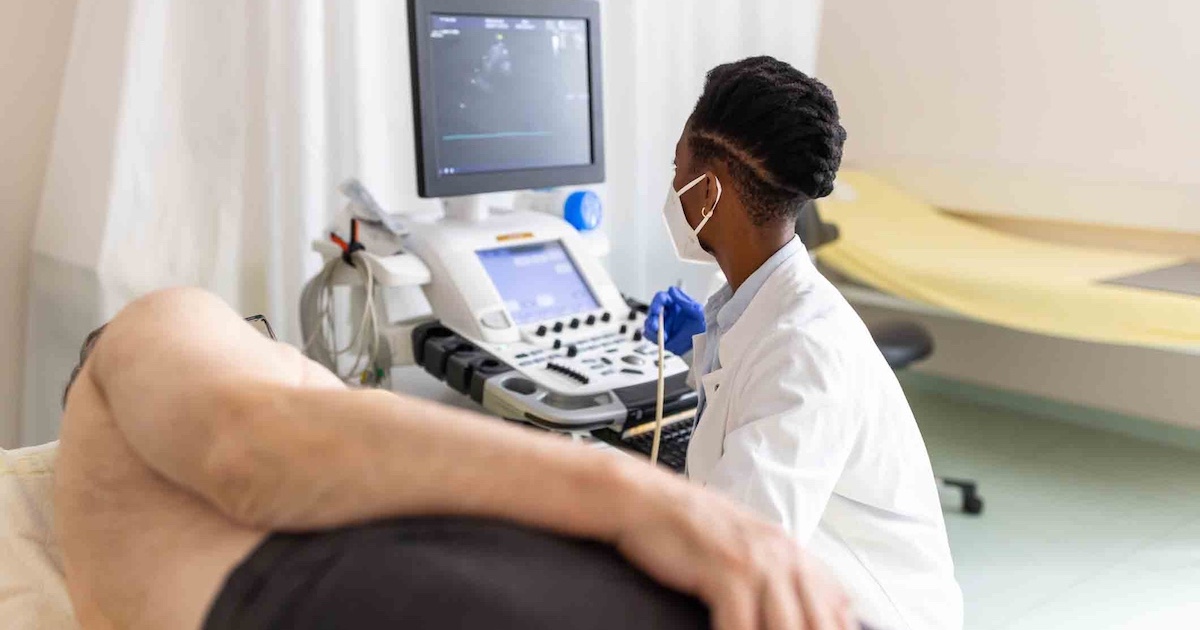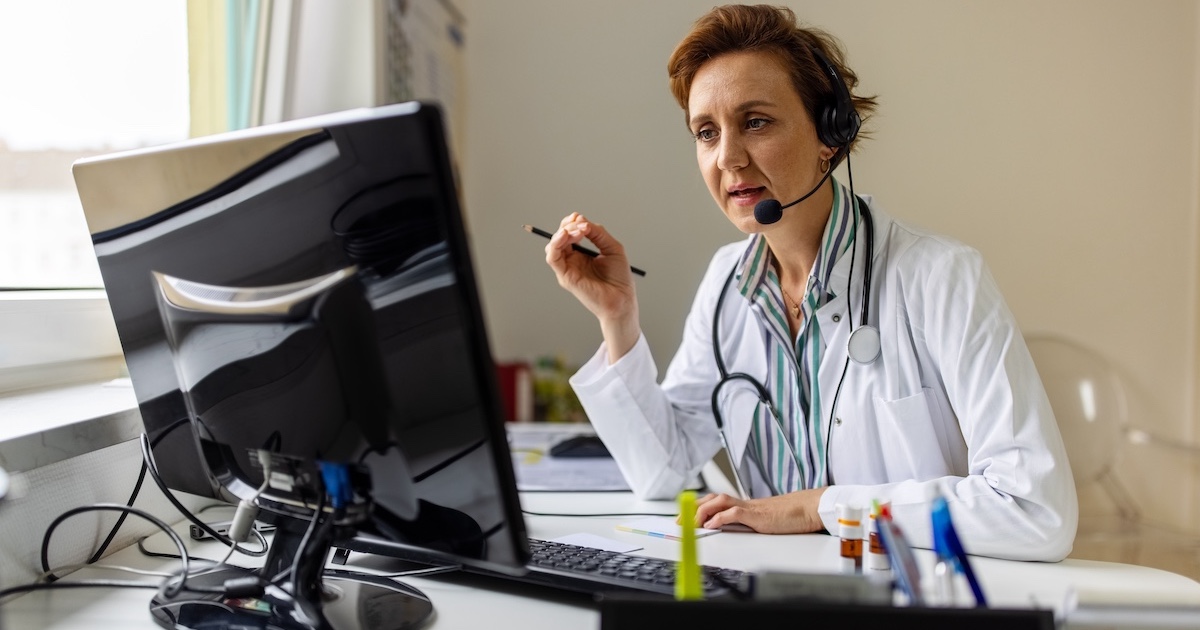At a time when all the talk in mHealth is about bringing healthcare to the consumer, American Well is shining the spotlight squarely on the provider.
The Boston-based telehealth company has unveiled a new platform designed to – as company CEO Roy Schoenberg describes it – "put telehealth in every physician's pocket." Called AW8, it offers clinicians a wide variety of functions, from scheduling, e-prescribing and video visits to billing and collecting, record-keeping and real-time collaboration with other care team members.
[See also: American Well makes a play for mobile healthcare]

Schoenberg calls the platform "Telehealth 2.0," and says it marks the technology's evolution from the traditional consumer-facing "one-and-done" platform to one that can support follow-up and long-term care – in essence, a continued relationship between the provider and his or her patients.
"We're moving to a much broader use of telehealth," he said in an interview last week with mHealth News. "Up until now, telehealth has fundamentally been a convenience for the consumer to get in front of a doctor for urgent care (or minor health concern). But now we've reached a milestone. There has to be much more of an orchestration of telehealth services for the provider, much more of a workflow."
Schoenberg sees this provider-centric platform addressing a critical need in healthcare – services for chronic care and long-term care patients that extend well beyond that simple trip to the doctor's office, clinic or emergency room for one specific health concern. By integrating all of a physician's needs onto a mobile platform, he says, the physician can now create a long-term relationship with his or her patients that supports continued care and management.
[See also: Patients: telehealth tops the doctor's office]

"Telehealth for physicians is much more than a room you go into to talk to your patient," he said. "It has to be a reality for physicians. The technology has to envelop you. The whole machinery of a physician's practice has to reside on the smartphone."
Schoenberg says that while telehealth has grown to meet the needs of consumers looking for a quick and easy alternative to the doctor's office or emergency room, a large part of healthcare – both in costs and energy – is made up of caring for patients with chronic or ongoing concerns. So the industry has to shift its focus from giving the consumer access to any doctor at a moment's notice to one that allows physician and patient to establish a continuing relationship.
"We understood that telehealth has served a very small fraction – a very media-friendly fraction" of the healthcare ecosystem, he added. "We've allowed the consumer to very quickly find the cure they need from the ecosystem. … Now we need to focus on the physician. What we're really trying to do is build an ecosystem for care delivery through technology."
Schoenberg said AW8 will not only help solo and small practices develop a reliable telehealth platform, but also change how large health systems use the technology. Instead of expanding through construction, he said, they can develop new business lines by tying together providers through telehealth, or extending services by kiosks and other technology platforms that don't require new bricks and mortar.
American Well is also jumping on one of the more noticeable bandwagons in consumer health – Apple. Schoenberg said his company has been collaborating with the tech giant for more than a year to integrate its platform with Apple Health. This will enable consumers to enter data from wearable and home-based devices into the medical record, while allowing clinicians to draw and analyze data from that platform for their own care coordination duties.
Schoenberg said the key to provider acceptance, moving forward, will be in presenting a platform that the provider can adopt, rather than giving him or her a rigid infrastructure that requires a lot of effort to adjust to.
"Understanding the workflow of physicians is an art form," he said. "Everyone has different ideas."
[See also: Survey finds providers willing to manage chronic care via telehealth]


